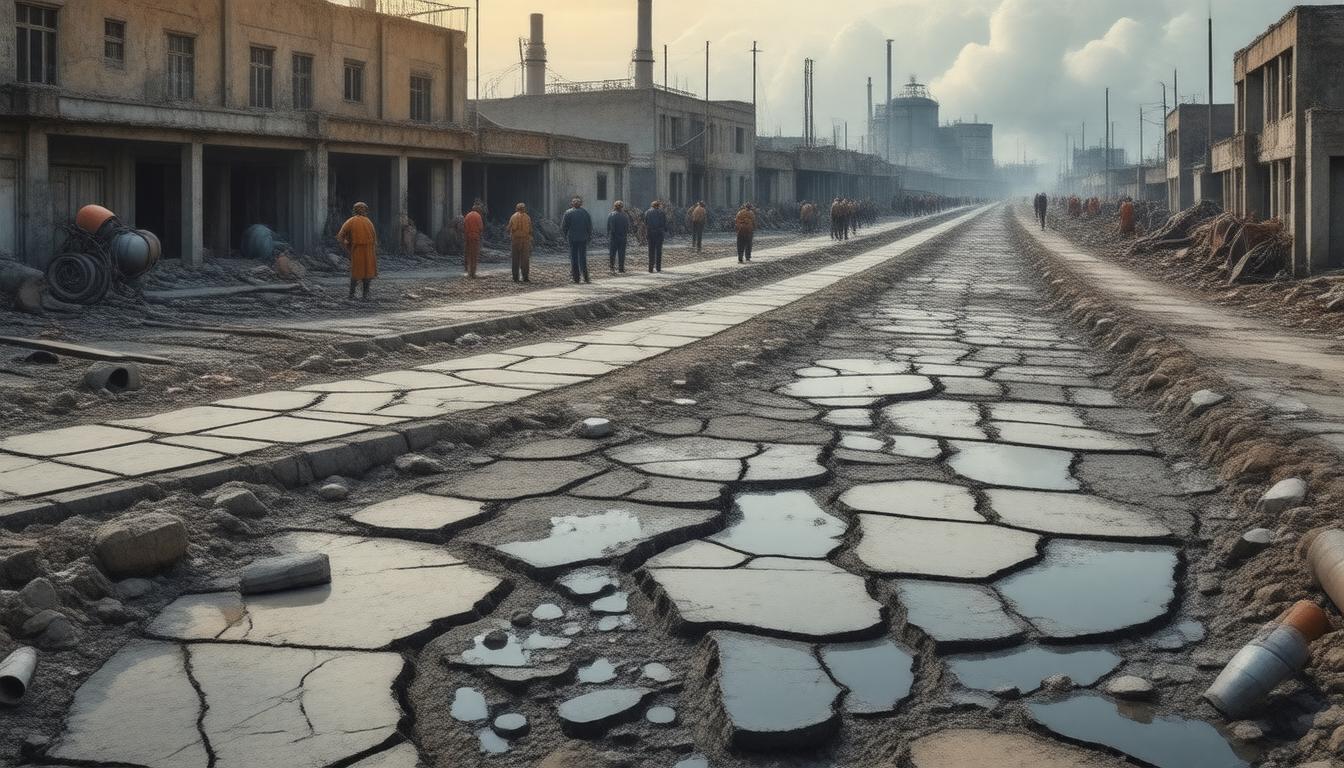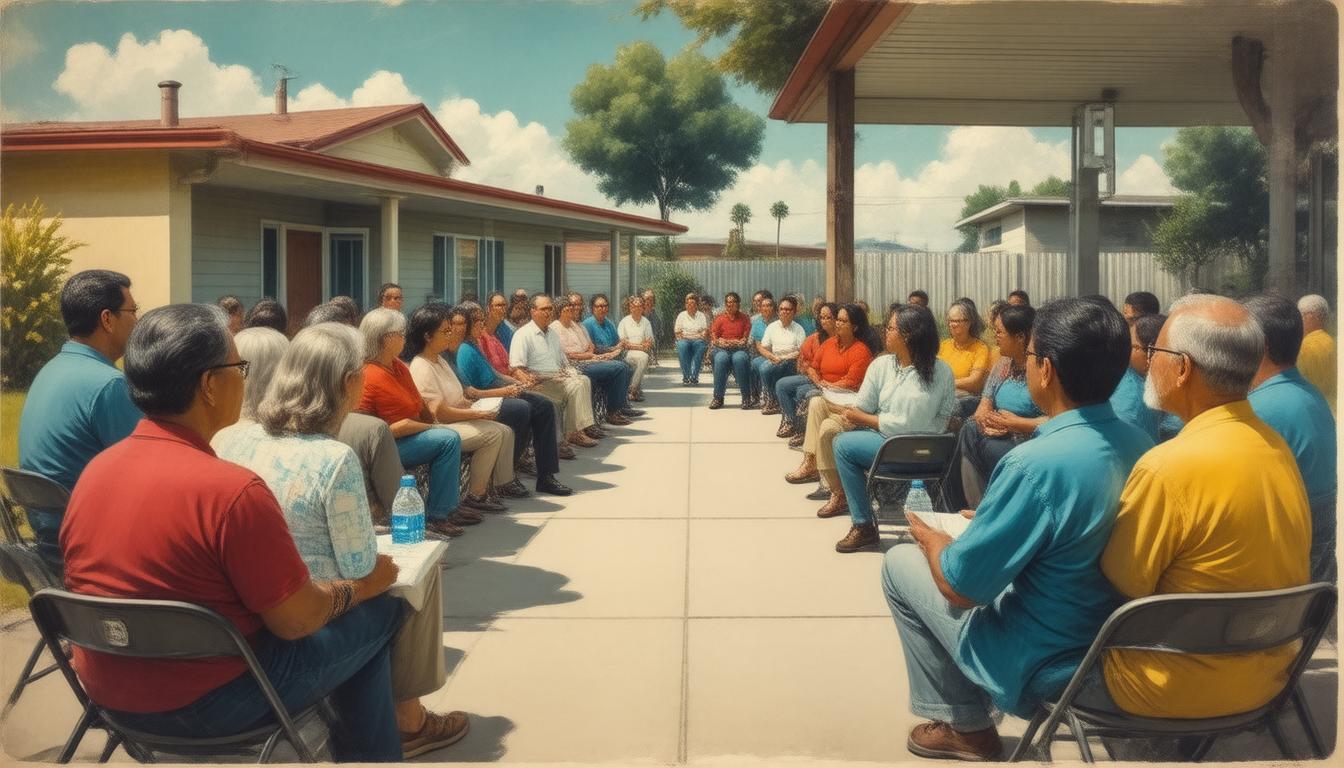
Introduction to Trenchless Pipe Repair
Trenchless pipe repair technology marks a significant advancement in the field of underground pipe maintenance. This innovative approach minimizes the need for excavation, reducing the disruption to the surface above, be it a bustling city street or a homeowner’s front yard. Traditional methods of repairing or replacing underground pipes typically involve digging up large sections of pipe, causing significant disturbance. Trenchless technology, on the other hand, requires only minimal digging or sometimes none at all, thus preserving the surrounding environment and infrastructure.
Cured-in-Place Pipe (CIPP) Lining
One of the most widely adopted methods of trenchless pipe repair is Cured-in-Place Pipe (CIPP) lining. This process involves inserting a resin-coated liner into the damaged pipe, which is then cured using UV light, steam, or hot water to form a new pipe within the old one. The end result is a seamless, jointless pipe-within-a-pipe that is resistant to corrosion and roots, and which has a life expectancy that can rival or exceed new pipe installations. The CIPP method drastically reduces the amount of digging and is efficient for repairing pipes under roads, rivers, and buildings.
Pipe Bursting for Replacement
Another trenchless technology advancement is pipe bursting, a method used for replacing brittle pipes that cannot be repaired with CIPP lining. The process involves pulling a new pipe through the old one, which fractures the existing pipe outward as the new one slides into place. This efficient technique is particularly advantageous when upsizing pipes, as it allows for the installation of a larger diameter pipe without extensive excavation. It is often used for water and sewer lines that have suffered from severe damage or deterioration.
Horizontal Directional Drilling (HDD)
Horizontal Directional Drilling (HDD) is a trenchless technique employed for the installation of pipes and conduits in sensitive areas where traditional open-cut methods are not viable. It involves drilling a path for the new pipe, which is then pulled back through the borehole. HDD is perfect for crossing under rivers, roads, and landscaped areas without disturbing them. This technology has advanced significantly, with improved steering accuracy and the capability to install longer and larger pipe segments.
Robotic Cutting and Repair
The use of robots in trenchless pipe repair has revolutionized the precision and capabilities of in-pipe fixes. Robotic cutters can enter pipes and perform detailed repairs, cut out obstructions, or prepare the pipe for lining. These robotic systems come equipped with cameras and cutting tools allowing for real-time feedback and high precision. Recent advancements include robots that can perform not only cuts but also complete patch repairs and seal junctions within the pipes.
Impact on Infrastructure and Environment
The impact of trenchless pipe repair technology extends beyond just the immediate benefits of reduced surface disruption. This approach plays a significant role in sustainable infrastructure management. By minimizing the excavation required, trenchless methods retain the integrity of the soil structure, reduce the carbon footprint associated with heavy machinery, and result in fewer repair-related traffic congestions. Moreover, it substantially lessens the potential for incidental damage to existing utilities located nearby.
The Future of Trenchless Technologies
As the need grows for more efficient and less disruptive maintenance of our aging infrastructure, future advancements in trenchless technology are eagerly anticipated. Researchers and engineers are working on even more advanced materials for lining, better robotic systems for in-pipe repairs, and improved scanning technologies to assess and diagnose pipe conditions without direct access. These innovations promise to make trenchless pipe repair even faster, more durable, and more cost-effective, ensuring a sustainable approach to utility management well into the future.
The ongoing developments of trenchless pipe repair technology demonstrate a significant stride toward effective infrastructure maintenance. With the ability to solve a wide range of underground piping problems with minimal surface interference, trenchless technology is redefining the way we maintain and upgrade our unseen, yet critical, subterranean utilities.







